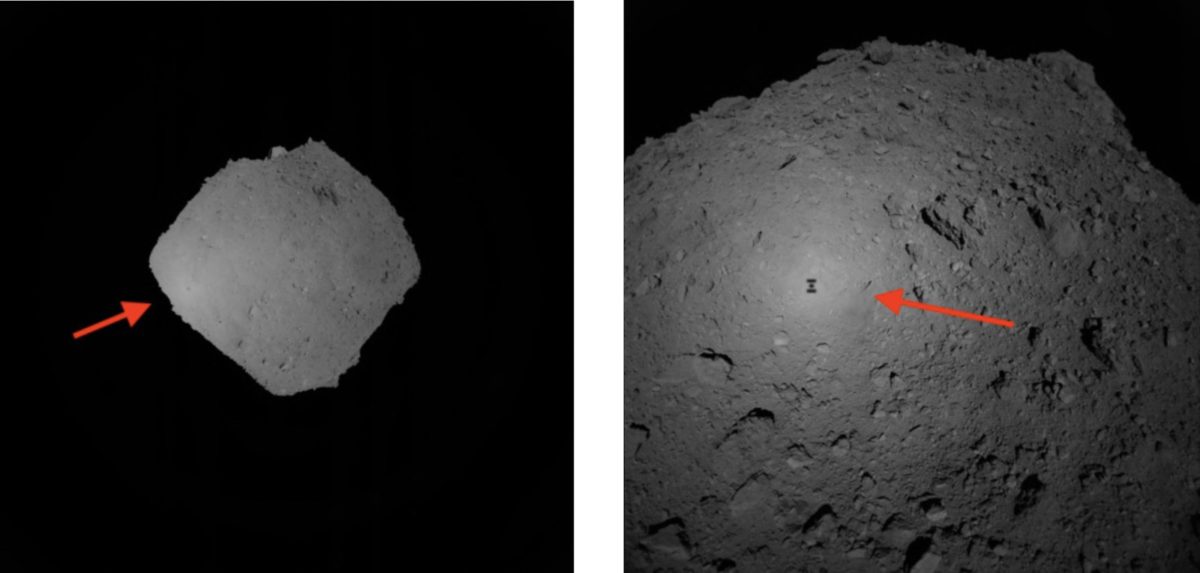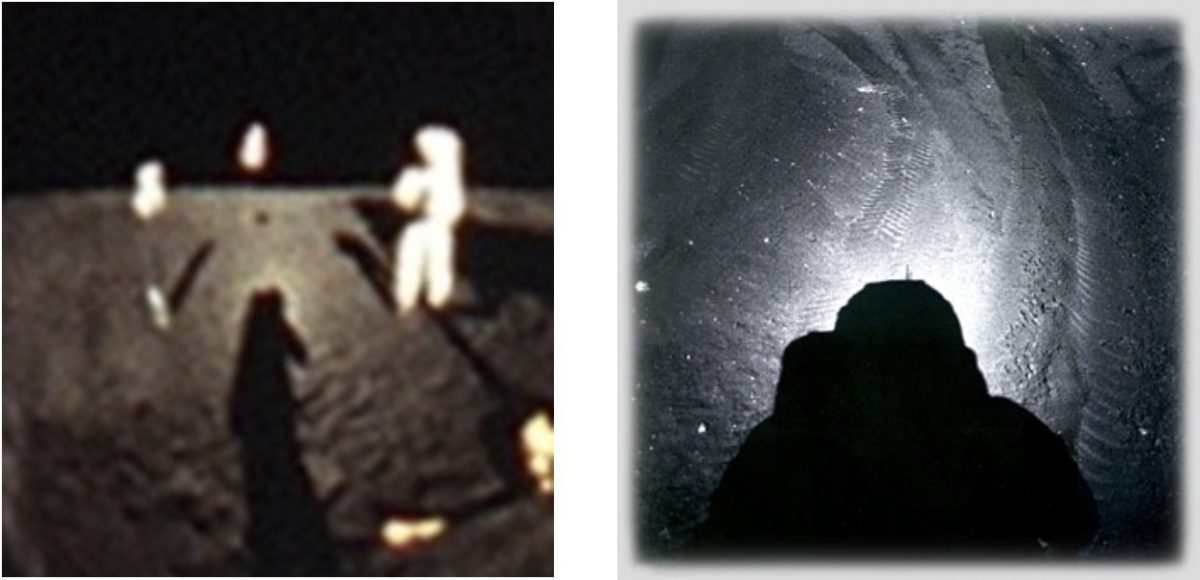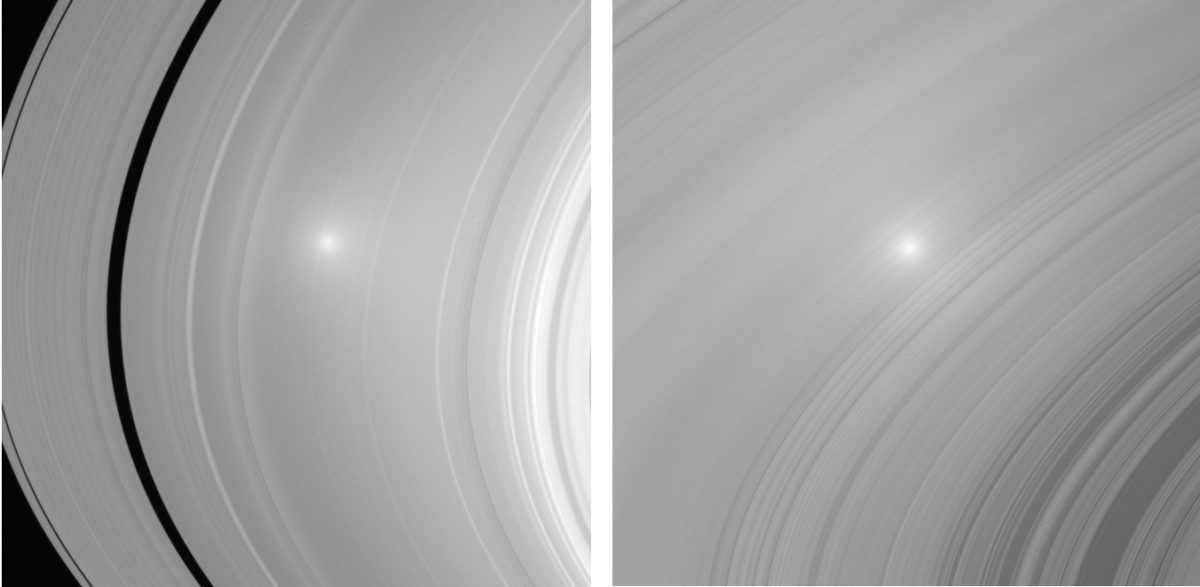Brittney Cooper • Oct 16, 2018
Heiligenschein Throughout the Solar System
This article originally appeared on the York University Planetary Volatiles Lab blog and is reposted here with permission.
Folks in the planetary community have been buzzing about the ongoing successes of JAXA’s Hayabusa2 over the last couple weeks – and with good reason! Even though it focuses on a solar system body that has no atmosphere (I’m kidding…sort of), it is still an exciting sample-return mission that features some great science, two adorable hopping rovers, a lander, and a real-time image downlink.
When I was scrolling through the downlinked images of Hayabusa2’s approach of asteroid Ryugu, a familiar sight caught my attention (and the attention of those who share in my niche appreciation for scattering and optical effects). It wasn’t the spacecraft’s shadow resembling a Canadian flag (though I think we appreciated that as well), but rather, a brilliant heiligenschein.

A what now?
A heiligenschein, also known as the opposition surge, opposition effect, or opposition spike (though some prefer to define a dew heiligenschein vs. dryheiligenschein – check out the book Rainbows, Halos and Glories by Greenler if you’re keen to learn more).
This optical effect is common on Earth and is often observed as a halo around the shadow of an observer that falls on dewy grass. This occurs when the sun is directly behind the observer, and their shadow falls on a material that has retroreflective properties (meaning that the material tends to reflect light back to its source with minimum scattering). As such, when the Sun is directly behind you on a dewy morning, you end up intercepting a very strong reflection of light from the water droplets on the grass back toward the direction of its initial source (the Sun). The appearance of a halo around your shadow is additionally amplified by the reduction in the angles of the shadows close to the anti-solar point. In this dewy-grass example, it makes the wet blades of grass look lighter and brighter closer to the anti-solar point (blocked by your shadow) because their shadows fall directly behind them close to your shadow, and thus are not able to be viewed, from your perspective.
We can be pretty sure that existence of grass covered in liquid water droplets on Ryugu is highly improbable, but yet we still see this effect. In fact, certain dry regoliths and materials are able to cause this effect too (which pundits prefer to explicitly label as a dry heiligenschein).
We’ve seen it in person on the Moon, and remotely via satellites throughout the solar system. As the observer gets farther away from the scattering material (in the case of a satellite), its own shadow becomes less obvious, until a point is reached where all we see is the brightening at the anti-solar point. I’ve gathered a couple additional examples of this effect captured on a few other planetary bodies below – enjoy!



Support our core enterprises
Your support powers our mission to explore worlds, find life, and defend Earth. You make all the difference when you make a gift. Give today!
Donate

 Explore Worlds
Explore Worlds Find Life
Find Life Defend Earth
Defend Earth


